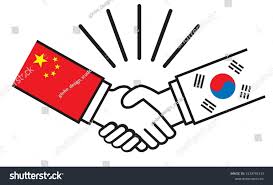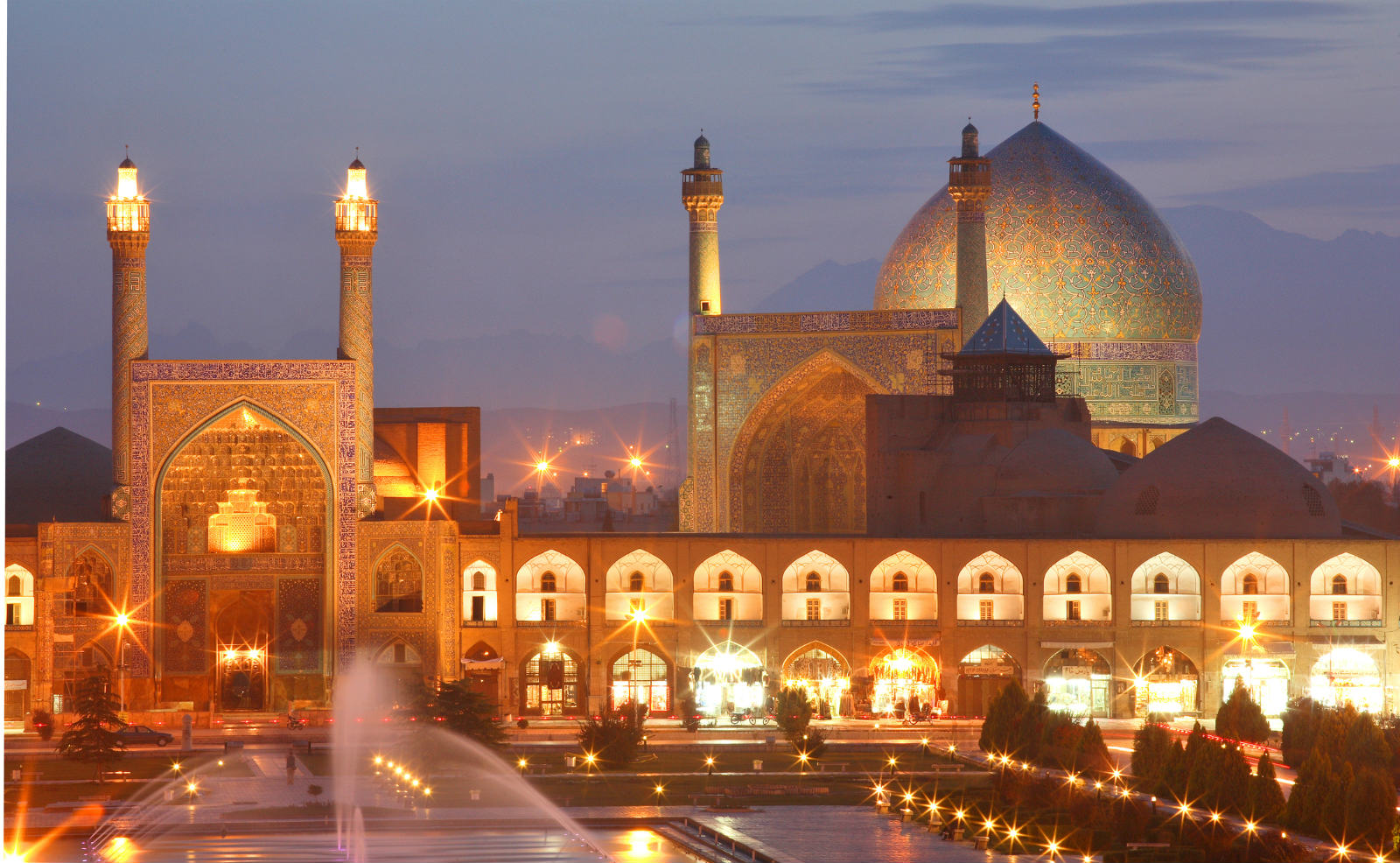
Introduction
The relationship between South Korea and China remains a focal point of geopolitical analysis in East Asia. As two major powers in the region, their interactions are laden with historical, economic, and security implications. The importance of understanding the dynamics of South Korea versus China is accentuated by recent events that illustrate both cooperation and contention between these nations.
Recent Developments
In recent months, tensions have escalated primarily due to issues surrounding North Korea’s nuclear ambitions and the implications of the United States’ military presence in South Korea. The ongoing threat posed by North Korea has seen South Korea seeking closer defence ties with the United States, which China perceives as a direct challenge to its influence in the region.
Furthermore, China’s increasing military assertiveness in the South China Sea and its historical claims over Taiwanese sovereignty have raised alarms in South Korea. This has led to a cautious South Korean government attempting to balance its relations with both the US and China.
Economic Aspects
Economically, South Korea and China are deeply intertwined as major trade partners. In 2022, China was South Korea’s largest trading partner, with significant exchanges in technology, electronics, and automobiles. However, this economic interdependence does not negate the underlying tensions, especially when issues of trade protectionism arise. The recent global supply chain disruptions have highlighted vulnerabilities that both countries are trying to address, yet competition, particularly in high-tech industries, continues to mount.
Public Sentiment and Cultural Factors
Public sentiment towards China in South Korea has also been fluctuating, influenced by national security issues and historical grievances from the Korean War. Surveys indicate a growing wariness among the South Korean populace regarding Chinese intentions, further complicating bilateral relations. Meanwhile, cultural exchanges, which once promoted goodwill, have been strained due to the aforementioned concerns.
Conclusion
In conclusion, the tensions between South Korea and China are multifaceted, encompassing security, economic, and cultural dimensions. The trajectory of these relations will be crucial not only for the Korean Peninsula but also for the broader East Asian region. As both countries navigate their complex relationship, it is likely that they will continue to find themselves in a delicate balancing act between cooperation and confrontation. Analysts predict that the coming years will witness increased diplomatic efforts aimed at mitigating tensions, while simultaneously preparing for the various challenges that their regional dynamics will present. Observers will need to stay updated on this evolving narrative as it unfolds.
You may also like

Boris Johnson: A Look at His Current Political Landscape

Recent Developments Involving Jacob Rees-Mogg
